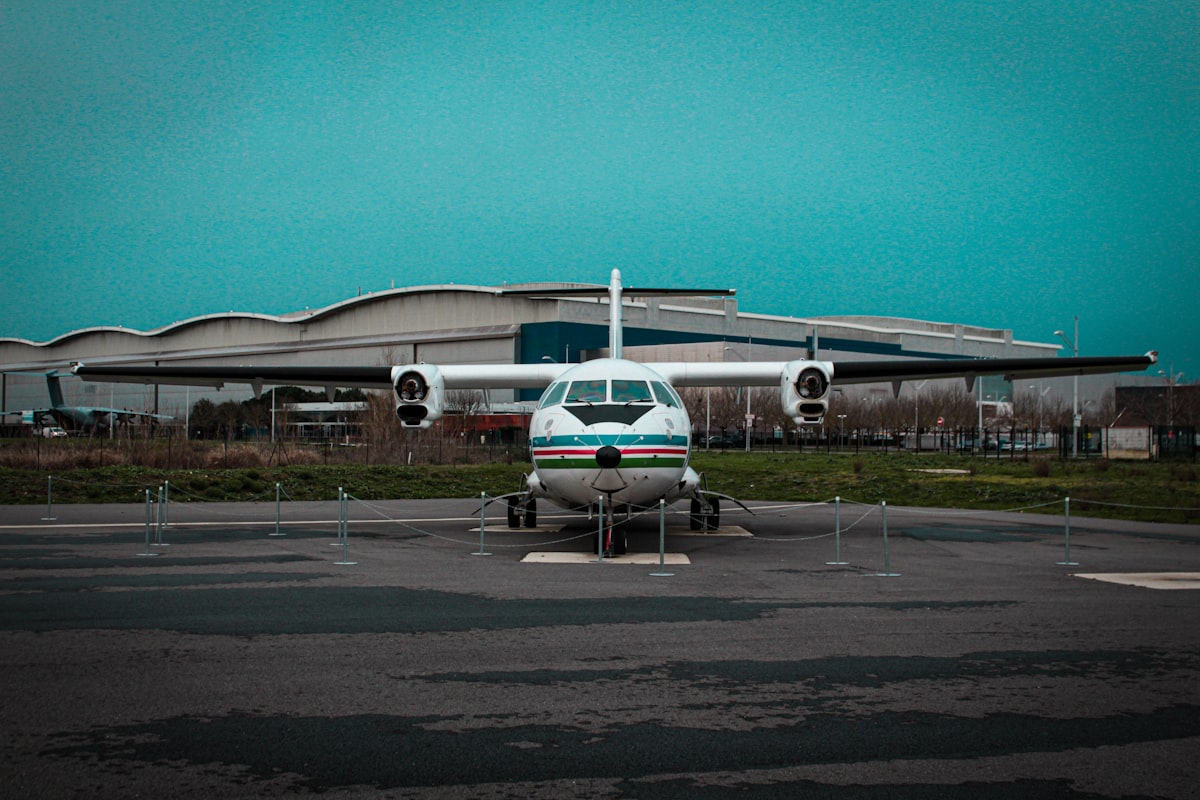How to Secure a Long-Term Hangar Rental
Finding the right hangar for your aircraft can be challenging. Long-term hangar rentals offer stability and peace of mind, but securing one requires careful planning and consideration.
Assess Your Needs

Understand the type of aircraft you have and its storage needs. Small planes have different requirements compared to larger jets. Ensure the hangar can accommodate your aircraft’s dimensions and any additional equipment.
- Measure your aircraft’s wingspan, height, and length.
- Consider the need for extra space for maintenance or storage.
- Evaluate the hangar’s door size and opening mechanisms.
Research Hangar Options
Start with local airports and airfields. Explore both public and private facilities. Each offers different benefits and costs. Public airports often have more standardized procedures, while private airfields might offer more flexibility.
Check online listings and forums. Websites dedicated to aviation often have rental listings. Engage with local pilot communities. They can offer valuable insights and recommendations.
Visit Potential Hangars
Inspecting potential hangars in person is essential. Look at the condition of the facility. Check for structural integrity and maintenance. Ensure the hangar has a solid roof and no leaks.
- Verify the security measures in place – fences, cameras, and guards.
- Assess the availability of utilities like electricity and water.
- Examine accessibility – is it easy to move your aircraft in and out?
Understand Leasing Terms
Leases can vary significantly. Review them carefully. Monthly rates and long-term pricing need careful consideration. Be aware of any additional fees for utilities, maintenance, or property taxes.
- Clarify the length of the lease and renewal options.
- Understand the terms for termination – both yours and the landlord’s.
- Read the fine print regarding usage restrictions and liability.
Negotiate Your Lease
Don’t hesitate to negotiate terms. Longer leases might offer more room for negotiation. Discuss potential upgrades or customizations you might need. Establish terms for rent increases over time.
- Negotiate any upfront costs or deposits.
- Ask about maintenance responsibilities. Who handles repairs?
- Ensure insurance coverage is clear and comprehensive.
Build a Relationship
Maintaining a good relationship with your landlord can benefit you long-term. Communicate openly and regularly. Promptly report any issues. Pay your rent on time. This can lead to more favorable terms in the future and a cooperative environment.
Explore Financing Options
Long-term rentals require financial commitment. Assess your budget. Explore financing options. Some banks offer loans specifically for aviation-related expenses. Understand your financial commitment before signing a lease.
Insurance and Liability
Ensure your insurance coverage meets the hangar’s requirements. Verify if the hangar’s policy covers your aircraft. Discuss any additional liability you might incur. Proper coverage protects you from unexpected costs.
Prepare for Move-In
Once you secure a hangar, prepare for the move. Plan the logistics for moving your aircraft and equipment. Ensure all required permits and paperwork are in order. Coordinate with the hangar management for a smooth transition.
- Inspect your new hangar again before moving in.
- Set up necessary utilities and services.
- Familiarize yourself with the hangar’s staff and procedures.
“`
Recommended Aviation Resources
Pilots Handbook of Aeronautical Knowledge – $25.42
Essential FAA handbook for every pilot.
Aircraft Owners Handbook of Maintenance
Keep your aircraft in top condition.
As an Amazon Associate, we earn from qualifying purchases.



